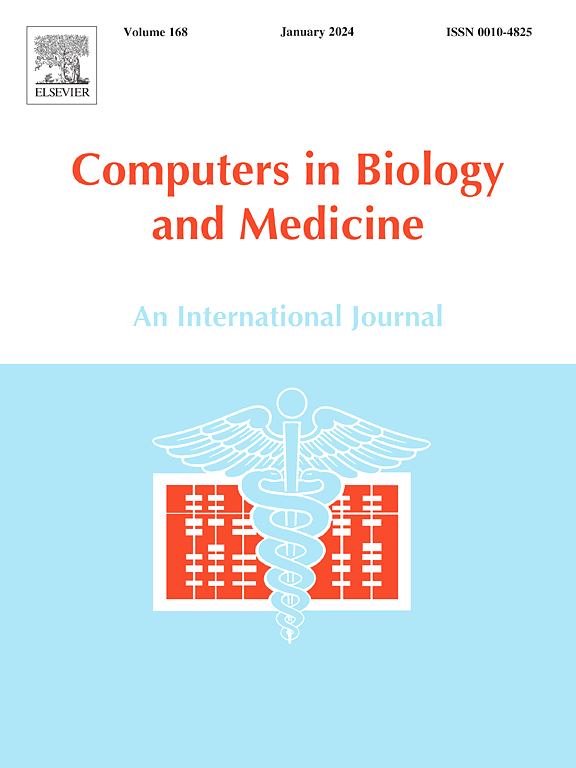Alzheimer's Disease detection and classification using optimized neural network
IF 7
2区 医学
Q1 BIOLOGY
引用次数: 0
Abstract
Alzheimer's disease (AD) is a degenerative neurological condition characterized by a progressive decline in cognitive abilities, resulting in memory impairment and limitations in performing daily tasks. Timely and precise identification of AD holds paramount importance for prompt intervention and enhanced patient prognosis. In this research, a novel approach to AD mechanism was developed by combining Deep Reinforcement Learning (DRL) with a Moth Flame Optimized Recurrent Neural Network (MFORNN). Initially, the brain MRI samples are gathered and preprocessed to discard the noise features and to improve their quality. Consequently, the MFO algorithm captures and selects the most informative and highly correlative features from the preprocessed images, making it easier for Recurrent Neural Networks (RNNs) to learn the temporal dependencies and patterns differentiating normal and AD-affected images. The DRL component fine-tunes the parameters of RNN through its reward-based mechanism, ensuring that the classifier produces accurate outcomes and reduces computational complexity. The Python tool was utilized to implement the outlined framework, with the outcomes showcased that the designed algorithm attained an accuracy of 99.31 %, precision of 99.24 %, recall of 99.43 %, and f-measure of 99.35 %. Ultimately, a comparative analysis was performed against established classifier models, affirming the superior performance of the proposed technique over conventional algorithms.
求助全文
约1分钟内获得全文
求助全文
来源期刊

Computers in biology and medicine
工程技术-工程:生物医学
CiteScore
11.70
自引率
10.40%
发文量
1086
审稿时长
74 days
期刊介绍:
Computers in Biology and Medicine is an international forum for sharing groundbreaking advancements in the use of computers in bioscience and medicine. This journal serves as a medium for communicating essential research, instruction, ideas, and information regarding the rapidly evolving field of computer applications in these domains. By encouraging the exchange of knowledge, we aim to facilitate progress and innovation in the utilization of computers in biology and medicine.
 求助内容:
求助内容: 应助结果提醒方式:
应助结果提醒方式:


